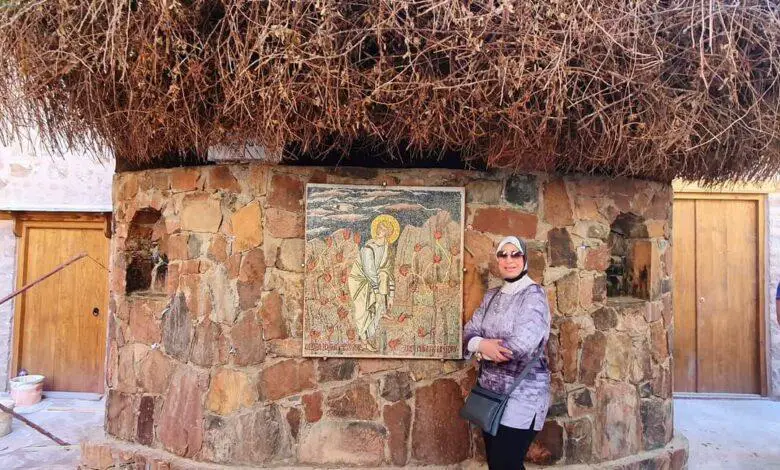A Journey to St. Catherine’s Monastery: An Intersection of Faiths
Exploring the Storied Past and Shared Significance of the Sacred Bush

Upon entering the hallowed grounds of St. Catherine’s Monastery, I found myself in the midst of a diverse congregation of faiths. Muslims, Christian pilgrims, and Jews had all gathered in reverence, their shared destination being the sacred bush. This particular site is venerated due to its reported miraculous nature. It is said to be the tree under which Moses, peace be upon him, had once communed with the Almighty.
Tradition recounts a miraculous event involving this sacred tree. A fire supposedly emerged from one of its branches, and Moses, in need of warmth in the harsh desert cold, took a log from this fire. The tree, known as “Binkwood,” is admired for its unending greenness throughout the year, despite bearing no fruit. Attempts to replant it in other regions of the world have all met with failure, underscoring the tree’s mysterious sanctity.
The legacy of Moses continues to inspire reverence; his act of humility, removing his shoes in response to the divine call, is particularly remembered. Interestingly, the narratives of these events can be found in the sacred texts of all three faiths present here: the Torah, the Bible, and the Qur’an.
The construction of the “Holy Bush” church within the monastery is itself steeped in legend. As the story goes, Empress Helena, mother of Emperor Constantine, visited the area in the fourth century A.D. She dreamt of building a church by the sacred “Bush” tree. Subsequently, when Emperor Justinian constructed St. Catherine’s Monastery in the sixth century A.D., the sacred tree was integrated into the monastery’s grand church.
The “Al-Aleqa” church, located on a level below the “Transfiguration” church, features a small circular altar. This altar, resting on marble columns, is set above a marble slab marking the original location of the tree and preserving its roots.
My attention was drawn to a unique tradition while standing next to the tree. Christian pilgrims would pen their wishes onto paper and tuck these into the bush’s branches. In addition, parts of the tree are carefully collected by some, preserved in luxurious boxes like precious relics, and cherished for their perceived blessings.




Facebook Comments